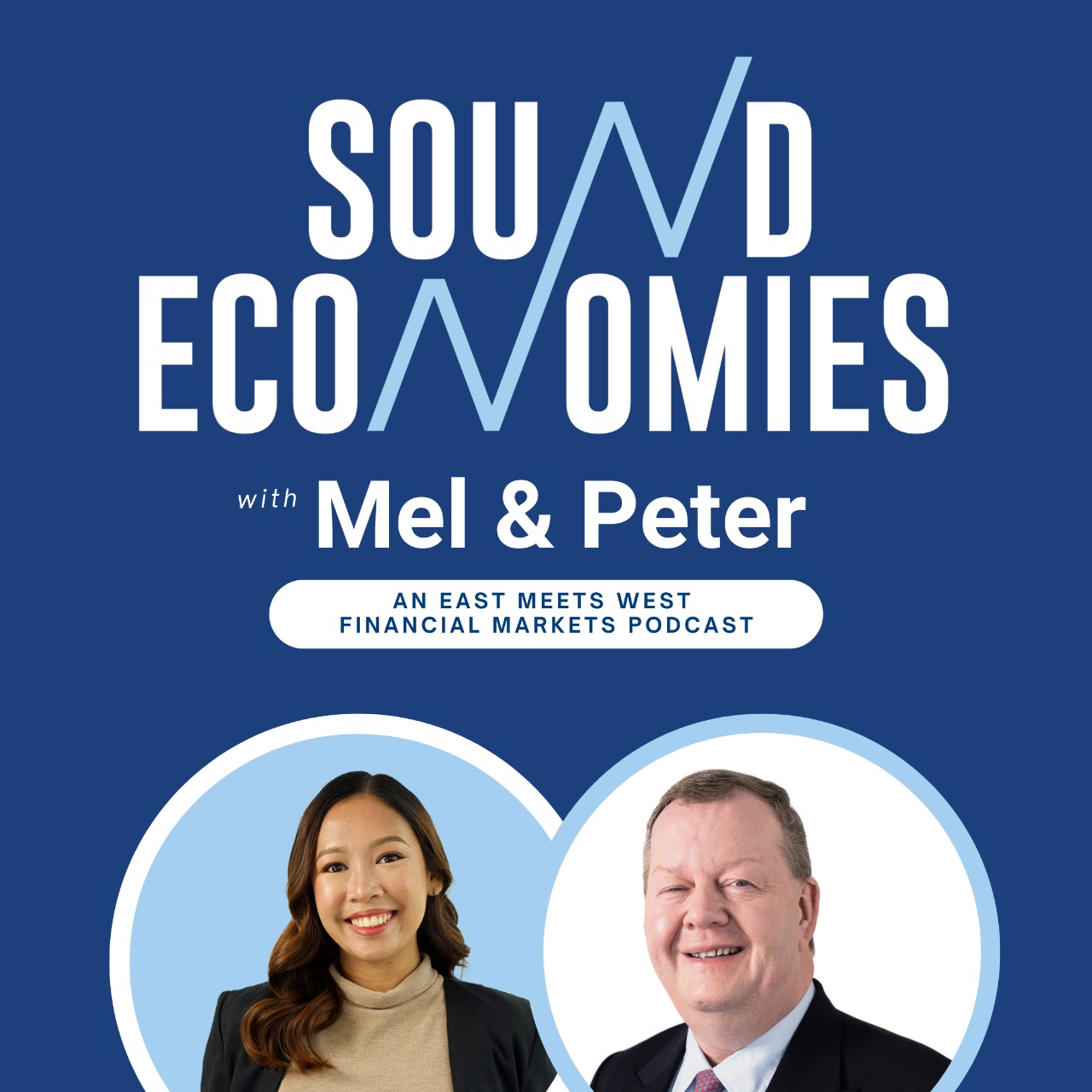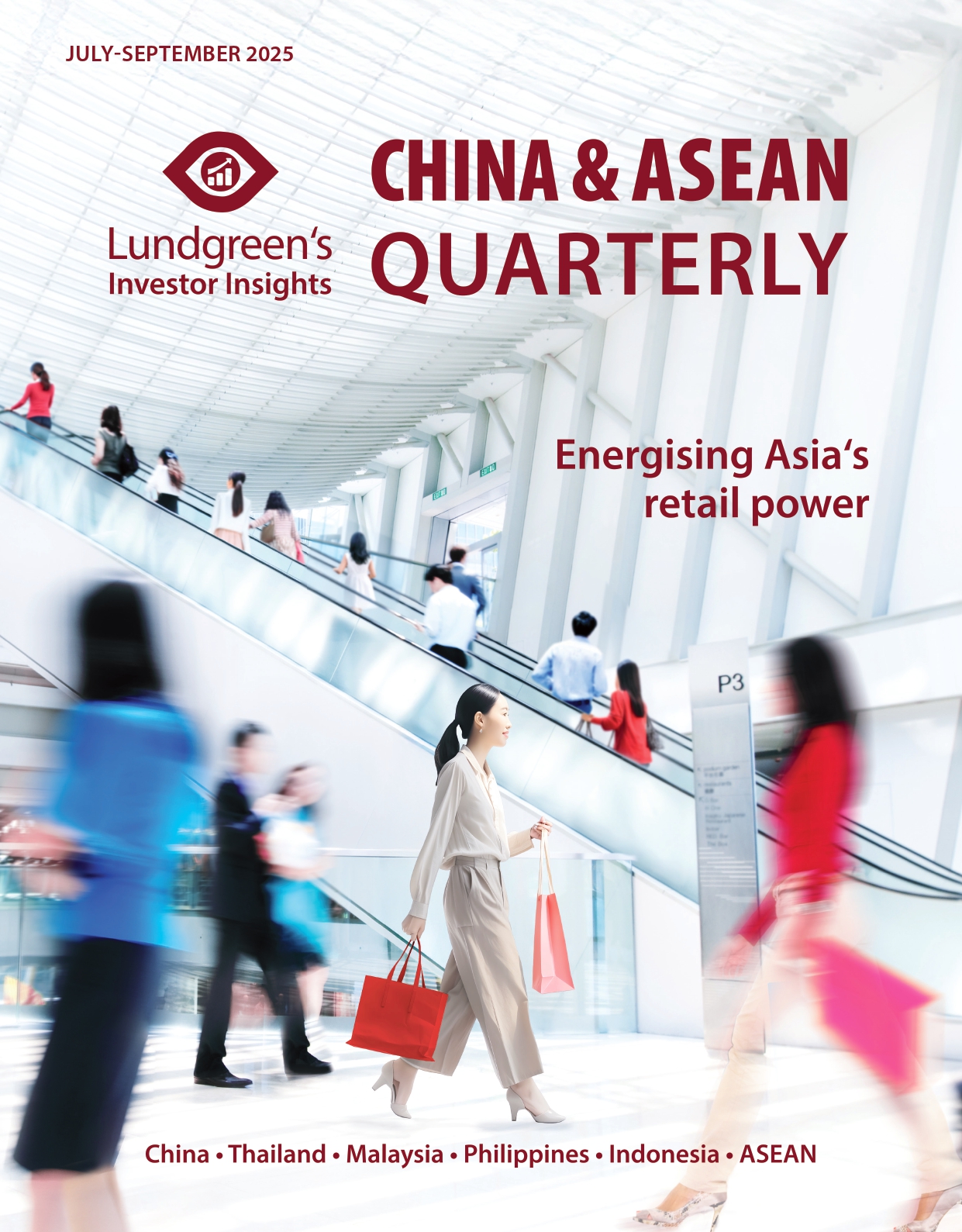India emerges a quiet winner
India’s growth blazes ahead of its peers, with the local manufacturing sector unshaken by global trade disruptions.
India is poised to keep its title as the fastest-growing major economy in the world despite the highly disruptive tariff war. Its GDP growth, although to possibly soften this 2025, will most likely remain close to 6 per cent and easily outpace its peers.
The world’s most populous nation is emerging as a quiet winner in the spiralling US-China trade war, buoyed by strong domestic consumption and a rapidly expanding manufacturing sector that has defied global trends. However, the imposition of a 50 per cent duty on Indian exports to the US beginning 27 August stands as a big risk for domestic producers.
Locally, India’s inflation rate has been declining over the past six months, allowing the Reserve Bank of India to unleash a series of interest rate cuts while major central banks like the US Federal Reserve are forced to pause. These domestic conditions are growth-positive and will allow India to sustain its momentum despite external challenges.
Unshaken manufacturing sector
Indian manufacturers are in full expansion mode this 2025, head and shoulders above other economies. As Graph 1 shows, the Purchasing Managers’ Index (PMI) reading for India’s manufacturing sector has been steadily above the neutral 50 threshold, even touching a 5-year high in August triggered by a surge in new orders despite softer export demand. In contrast, industrial production slowed in China in April-May while factories within the eurozone and ASEAN recorded contractions over the past quarter. India remained an outlier in the third quarter as factory activity continued to pick up sharply, well above the rest of the world.

The BSE Sensex manufacturing index also had a strong run in January-August 2025, up 6.3 per cent. This compares to the 2.1 per cent increase of the main index over the same eight-month period. Looking at these data, one can imply that India has benefited greatly from US President Donald Trump’s China-centric tariff war until recently.
For example, tech giant Apple has chosen to expand in India, where it now plans to assemble millions of new iPhones from as it moves away from tariff-beleaguered China. Initial reports cite a 76 per cent increase in iPhone shipments from India to the US in April, the same month when “reciprocal” tariffs at 145 per cent for China-made goods took effect before it was rolled down to 30 per cent in May. Further, the sector’s growth appears to be broad-based. Manufacturing firms in India saw output rise by 5.4 per cent in July based on government data, beating the 3.5 per cent expansion of the wider industrial sector with 14 of 23 product groups reporting production increases from a year ago, led by wood products and electrical equipment.
The Indian economy is not immune to global supply chain disruptions, but despite this, the economy can keep growing rapidly. The International Monetary Fund projects that India is on track to be the world’s fourth-largest economy by the end of this year to overtake Japan, with above-6 per cent growth expected to be sustained over the next three years.
India’s quarterly growth rate continues to race ahead of its peers globally. Over the last five years, its economy grew by an average of 5.4 per cent, with China coming in as a far second with a quarterly average pace of 4.9 per cent. The US grew by 2.9 per cent on average, while Germany is at 0.1 per cent.
Tale of two deals
In May, India signed an expansive free trade agreement with the UK to facilitate easier exports of goods and services, particularly for clothing, footwear, food items, jewellery, and cars, as well as simpler rules for short-term work visas for Indians fulfilling certain jobs. The deal was three years in the making and is one of the larger agreements sealed by the UK after Brexit came into force in 2020.
Meanwhile, discussions with the US have disintegrated, which resulted in a 50 per cent tariff on all Indian goods when Prime Minister Narendra Modi refused to heed President Donald Trump’s call for India to stop buying Russian oil, which is New Delhi’s biggest source. This is the highest tariff imposed by Washington after negotiations have been completed with other major trade partners. Apart from Russian oil supply, reports indicate that tariffs on India’s agriculture products are the biggest contention during trade talks with the US, in particular the entry of cheaper, genetically modified American crops that would compete against local produce. India’s biggest exports are mineral fuels, electrical machineries, and precious metals, according to government data.

The US is the biggest destination of India’s exports as seen in Graph 2, while the UK ranked sixth overall. It is worth noting, however, that the growth in export volumes to the British economy stood at 15 per cent in 2024, outpacing the increases recorded for other major partners like the US (6.7 per cent) and the United Arab Emirates (14.5 per cent). The new India-UK trade deal is likely to spur an even faster increase in export volumes, at a time when shipments to the US are likely to slow amid immense uncertainty in trade policy.
In parallel, the Indian government is pursuing separate trade deals with the EU, New Zealand, and Chile, to name a few partners. With domestic activity firing across all cylinders and new trade deals in progress, India is likely to sustain its robust growth path – which, in turn, will support strong returns for stocks and fixed-income securities issued by local corporates.







